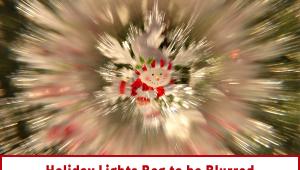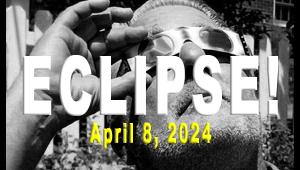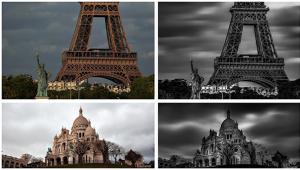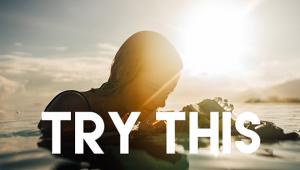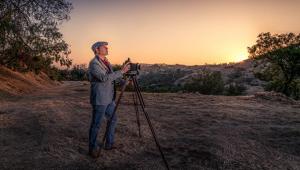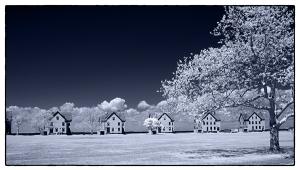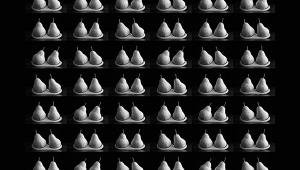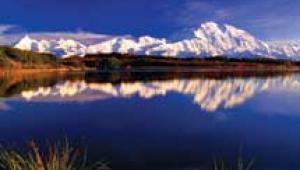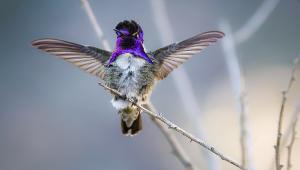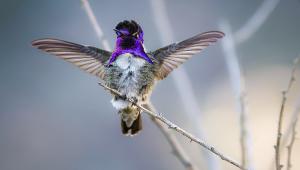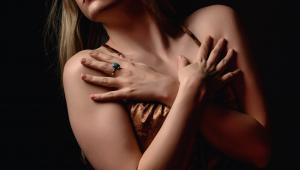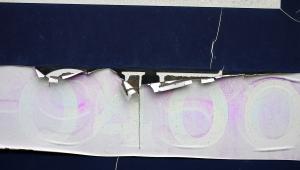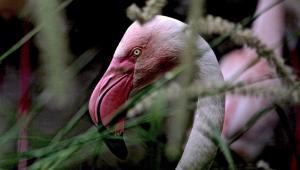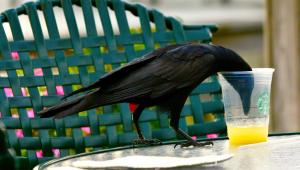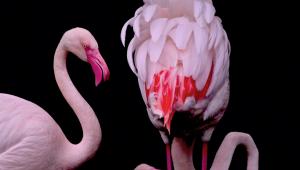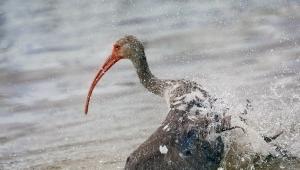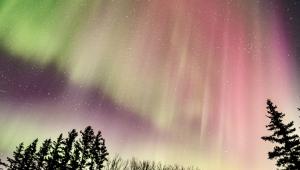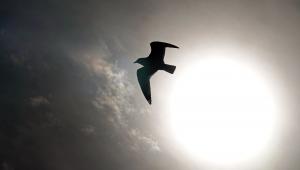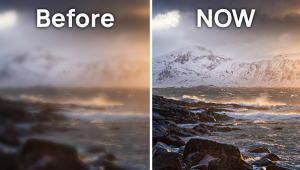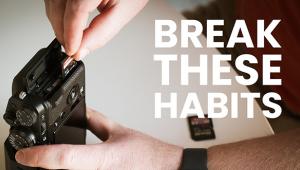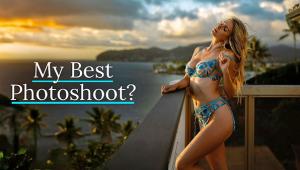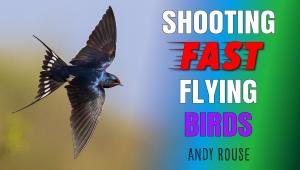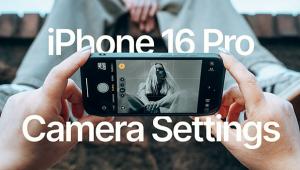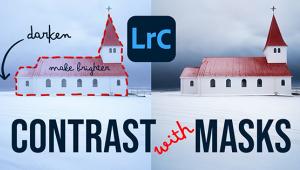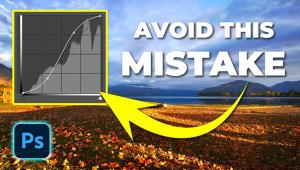How to Become a Fine Art Photographer Full Time: Tips for Launching a Photo Career

Starting in the business of fine art photography is not easy. More than anything, there will be a lot of peaks and valleys ahead. In this column, we look at how to navigate some of these issues, find clients, seek gallery representation, and market your work. Thanks to my contributing photographers: Larry Angier, Michael Garlington, Laurie Klein, RJ Muna, and Brooke Shaden.
Shutterbug: How did you get started in the fine art photography world?
Michael Garlington: My family owned a black-and-white photo lab in San Francisco. At the time we worked with some of the big names in the art and advertising world. I was able to hone my skills in the darkroom day after day. I must have printed for 10 years before I even picked up a camera, although when I finally did, I had developed a style studying the photography I had been printing.

Brooke Shaden: I started at the same time I was graduating college with degrees in filmmaking and English. I was determined to become a film director so I moved to Los Angeles and started down my career path. However, at the same time all of that was happening, I had just discovered artistic photography and began creating self-portraits that were just as satisfying as the films I was making, but allowed for a more intimate process. After a few months of creating images, I never looked back and began pursuing my fine art photography career.
RJ Muna: I started art school at 17 when I went off to college. I had been taking pictures and spending too much time in the darkroom from about 14 on. I don’t remember actually making a conscious decision but I do remember feeling that it was something I needed to do. I think at 17 or 18 one’s decisions are more instinctive and less motivated by logic. The only bit of wisdom I had back then was that I knew I was young and there was time to change if things didn’t work out. Oddly enough, I still feel that way.
Laurie Klein: I started as a biomedical photographer at R.I.T., and I also loved landscape photography. We used infrared film for diagnostic and research purposes; I didn’t know anyone used infrared for any other type of photography. After my second year I had the distinct privilege of studying with Ansel Adams and he showed me his infrared landscapes. I was hooked, and astonished. It was a turning point in my life. I wanted to be a landscape photographer just like him. I switched majors from biomedical photography to the B.F.A from R.I.T. and then went to Ohio University for my M.F.A. Afterwards I opened a gallery and a school.

Larry Angier: Many years ago in the mid to late 1960s, my older sister’s college class had a guest lecturer. My mother took me out of school early the day of the lecture and we went. That lecture was by Ansel Adams and the photos fascinated me. Turned out my next-door neighbor was an adult student of Ansel. With all the encouragement, I started entering local art shows and people took notice. It wasn’t a steady income, though. I really got started in local news photojournalism. Once I was a struggling “twig-and-rock” photographer walking in the footsteps of the greats—Ansel, Phil Hyde, Steve Crouch, and others. But, thankfully, reality set in and I found my way in their tradition but with my own spin. When I jumped into digital at the turn of the millennium, the new printers we used could produce better prints than I could doing dye transfer, print great prints in minutes, and, best of all, the pigments would outlast us! I was hooked and now could do my own printing at my studio.
SB: Fine art is sold for collectors, décor, art books, fine art prints, even greeting cards and posters. What kinds of clients do you pursue?
Laurie Klein: I have had greeting cards, poster companies, décor, and fine art reps buy my work over the years. I also have curated shows and I make sure some of my work is displayed. I teach all over the world these days and many of my students collect my photography. I also love exhibiting in public spaces. I am published; some are “how to” books that feature my fine art, which is a wonderful vehicle for getting your name and work in front of many people.
Larry Angier: For many years I worked with a national calendar company as an outlet for a lot of my work but they cut the rates drastically and then they sold the company and upped their requirements, so it’s a lot more work for little pay that now takes at least two years after submission. Today, a lot of my fine art work simply ends up walking through the door. My largest project started out with me nearly brushing it off. The local Indian casino was remodeling its hotel and wanted to display historic photos through their many rooms, halls, and new meeting spaces. Though I had completed a similar local project before, I knew that there were only so many historic photos that would work. I partnered with my local framer. We brought the client photos of our past installations along with samples of the local work. It took months to pull it off and get the purchase order. We dealt with changes of people we worked with (180-degree turns) and lots of digging through files. We probably prepared well over 1,000 images. Then after months and lots of samples, they agreed to pay for our expenses and research—we had the job!
RJ Muna: I think one of the lessons I learned early on was to not pursue the “market.” In some cases, that’s hurt me, in others, it’s paid off. I think that not everything you make is going to work (in fact, it’s the only thing I’m sure of), but it will lead to the next step. I think it’s better to chase ideas rather than chase markets.

Brooke Shaden: Thus far I have sold my work mostly to collectors, decorators, or art buyers by way of galleries. In the future I hope to release books.
Michael Garlington: When I started I tried to get my work out to ad agencies, magazines—anything to start making a living from my work. It was just my luck that not one of them bit. At the time I would not say this, but I realize now that that path would not be a good one for me. It was not until Burning Man that I was able to get paid for my photo sculptures.
SB: What techniques do you find best market your fine art photography?
RJ Muna: I don’t know that there is a set way to do that. I think over the years my enthusiasm and energy for the work has led to something that I could have not predicted. Not to get too philosophical about it, but staying present and alert to opportunities has always worked for me. I’d like to think there’s a magic bullet. It’s never been that easy and it still isn’t.
Larry Angier: A lot of it is fickle. I don’t think the casino project would have happened if they were prospering during the bad economy of the past several years. Most of the clients are usually better off than the general public. Having deep files, presenting good craft, and the ability to be pragmatic without a prima donna personality helps. Flexibility in my small market has worked well. Having my own large format printers and knowing how to craft well and quickly is also a plus. Being able to produce samples and full-size prints to show a client, sometimes the day after the request, is a bonus and helps to sell the work.
Brooke Shaden: One technique is to reach out to the galleries that I feel can best represent the style of work I create, since they are trained to market and sell and I am, frankly, not. My personal technique though is not much of a technique at all. I share my work frequently online, and I strive to be as authentic, uplifting, and inspirational as possible. My constant and strong desire to bring together a community of people who have an interest in expression through art is my greatest tool.
Michael Garlington: What worked for me was years of building a name, having shows, and the incredible platform that Burning Man put me on. Don’t forget cold calling and social media.
Laurie Klein: Person-to-person connection: my collectors, my students, and past commercial clients are my patrons—some have been collecting my photography for over 30 years. I also do a lot of social media and relationship building.
SB: How do you advise photographers looking for gallery representation?
Michael Garlington: My first gallery was the Barry Singer Gallery in Petaluma, California. I walked in with 50 prints, he thumbed through them and he seemed to be pleased, and said, “These are good, bring me 50 more and we might talk.” Having access to a darkroom, I hurried home and started printing throughout the night. The next morning (smelling of chemistry and sleep deprived) I marched back into his gallery. He said, “God, I thought I could get rid of you by asking for another 50 prints.” He signed me that day. Persist; it’s the only real way.
Laurie Klein: Make sure your type of work is imagery the gallery supports. Do your research, make sure it is a good match. Also when you send a gallery images make sure it is a cohesive body of work.
Brooke Shaden: First, make sure that the works you are creating are strong, independent, and say something about you as an artist. Second, research many galleries and only reach out to those that truly fit with your message and spirit, otherwise it will be a waste of time for everyone. Third, when you are ready, send an e-mail or follow their guidelines and recognize that the gallery-artist fit is a sacred one that takes time to find. You may hear a lot of “no, no, no,” but it isn’t personal. The right gallery will eventually come along and the synergy will be great.
Larry Angier: Part of finding gallery representation is to practice your presentation. However, it’s not just the presentation, research is needed to find a gallery that your work will fit and then be of quality and quantity to make the gallery money. You can have the technically best photos in the world, but if they don’t connect to a customer, they will soon come off the walls. I see work that’s priced inexpensively that’s so-so and it sells. I see great work that’s well crafted and the market won’t support it. A lot is gut feeling and showing up at the right time with the right work in hand.

RJ Muna: I think the first thing is to see and be seen. What I mean by that is to participate in the art “world.” Go to openings. Meet people. Maybe most important, ask questions. Understand the art scene as best you can. The secret in that is to not do it with the intent of selling your work. Do it because there is a tremendous amount to learn about that world. If you show your face and participate, people will start asking questions about you and your work, but you need to show up for that to happen. Also, it’s rarely the people you think will help you that actually do, it’s almost always the circuitous route that leads someplace. In any case, meeting, talking, and getting to know people is always a good thing in and of itself.
Resources
Larry Angier: angier-fox.photoshelter.com
Michael Garlington: michaelgarlington.com
Laurie Klein: laurieklein.com
RJ Muna: rjmuna.com
Brooke Shaden: brookeshaden.com
- Log in or register to post comments
